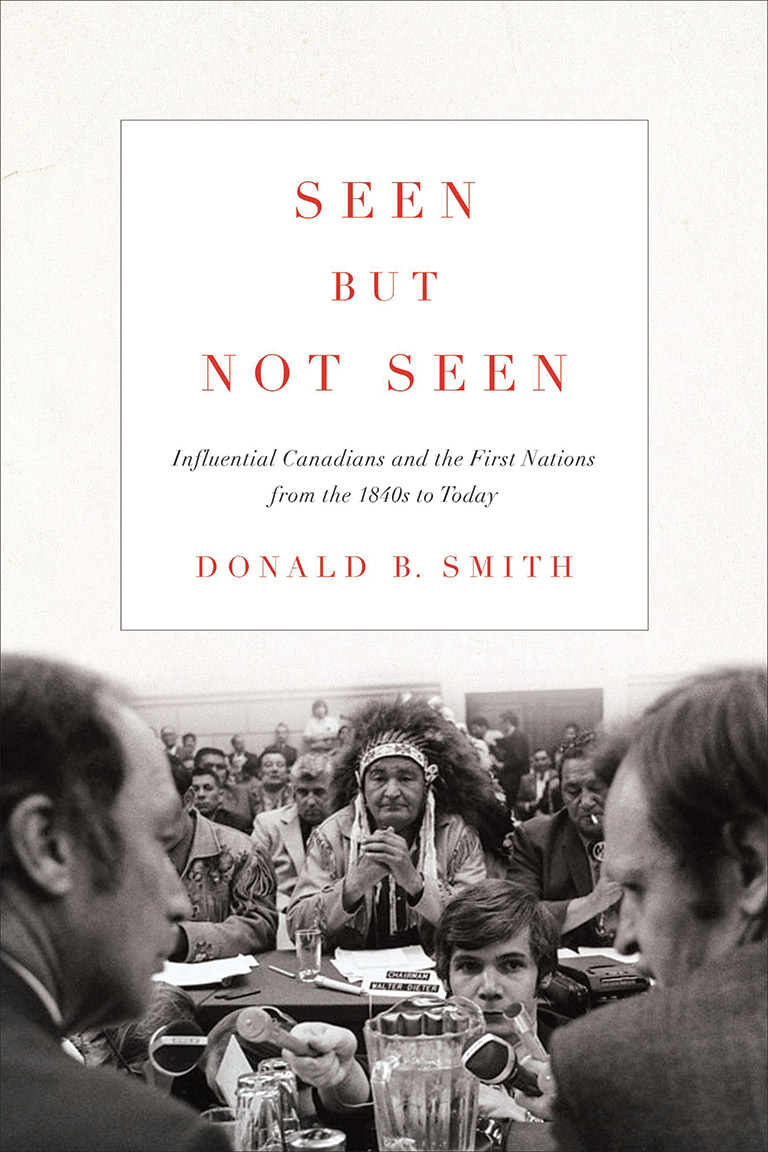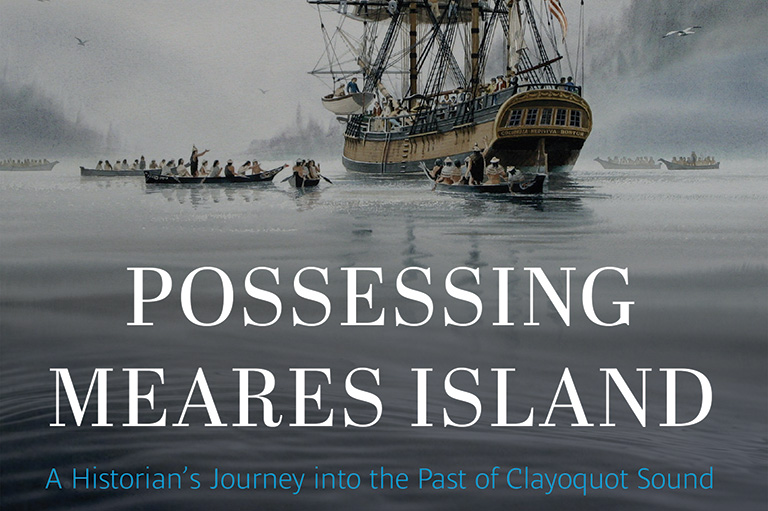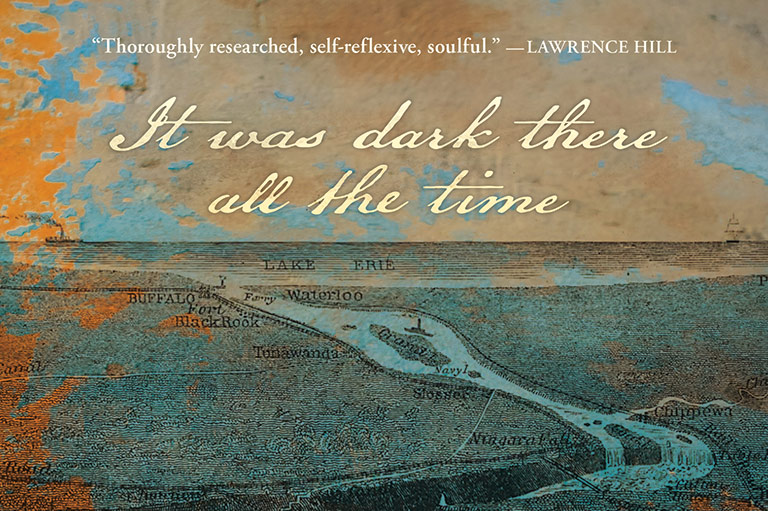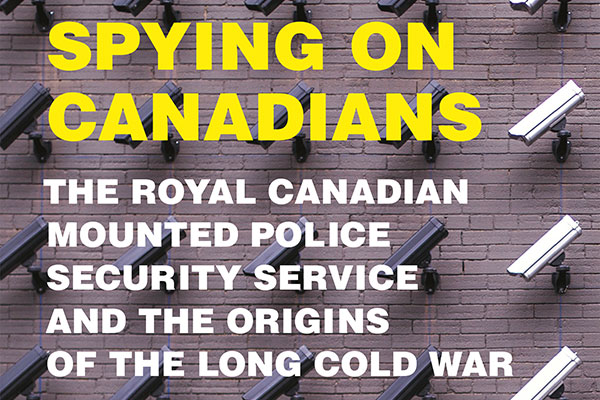Seen but Not Seen

Seen but Not Seen: Influential Canadians and the First Nations from the 1840s to Today
by Donald B. Smith
University of Toronto Press
483 pages, $35.95
Throughout the nineteenth century and well into the twentieth, most white Canadians of influence assumed that Indigenous people were on the fast track to disappearance. Big thinkers like Goldwin Smith, Toronto’s leading public intellectual in 1901, declared: “The race, everyone says, is doomed.” Turned out everyone was wrong.
Indigenous identity has not only survived, it has thrived, its influence felt today in many spheres of Canadian life. Land acknowledgments are now a routine part of public gatherings, Indigenous art, literature, and music is everywhere, Indigenous languages are reviving, and the populations of First Nations, Métis, and Inuit are increasing at about four times the rate of the rest of Canada. So much for being doomed.
What would the assimilationists of the past think of where we are today?
In his book Seen but Not Seen, Donald B. Smith examines the attitudes of sixteen Canadians, including politicians, writers, academics, and artists going back to the mid-1800s.
He starts with Canada’s first prime minister, John A. Macdonald, the nation builder for whom Treaty people were a burdensome responsibility as well as a threat. Much has been written of his iron-fisted response to the 1885 Northwest Resistance. Although few First Nations actually took part in Louis Riel’s revolt, Macdonald’s government publicly executed some of their leaders and deliberately starved bands that were deemed rebellious.
Yet, as Smith points out, Macdonald had friendly relationships with some Indigenous people, he invited “loyal” Plains chiefs to visit his home, and he took a personal interest in advancing the life of at least one promising young Mohawk student.
The same cannot be said for Duncan Campbell Scott, who, according to Smith, “greatly feared status Indians with college and professional training.” By 1913, Scott had worked his way to the top of Indian Affairs. A sensitive poet, Scott was also an efficient, top-down bureaucrat who kept his distance from the few Indigenous people who worked in his department, never mind the one hundred thousand status Indians over whom he ruled. This was despite the fact that his own poetry included romantic portrayals of Indigenous people.
Scott made residential schooling mandatory, even though his own staff warned that large numbers of underfed children were dying of disease in these crowded, underfunded schools.
Scott never veered from his belief in assimilation. As Smith writes, it was the “common sense” of the day. He says Scott and his generation “miscalculated entirely the intensity with which First Nations people wished to retain their own Indigenous identity.”
In French Canada, attitudes towards First Nations were complicated by the belief that there had been a lot of intermarriage between early French settlers and Indigenous people. This made French Canadians inferior in the eyes of British Canada, and thus historians like Lionel Groulx, a Catholic priest, worked to refute the idea that métissage had been extensive. His four-volume series on the history of French Canada, published in the 1950s, was filled with stereotypes and misinformation about First Nations, and he described them as “disgusting” and “deplorable.” The fact that one of Groulx’s direct ancestors had been killed by Iroquois likely influenced his attitude.
In contrast, another French-Canadian historian of the same era — Jacques Rousseau — was proud of his own partial Indigenous ancestry. “In integrating into our society, Indigenous people will bring something valuable, if they remain themselves,” Rousseau wrote in 1966.
Right up until the 1970s, academic textbooks gave scant attention to Indigenous peoples. Even a solid biography of Chief Crowfoot written by eminent historian Hugh Dempsey in the late 1950s didn’t see the light of day until 1972.
Smith, a professor emeritus of history at the University of Calgary, had a personal interest in writing this book. Growing up in a small southern Ontario town in the 1950s, Smith did not meet anyone he knew to be Indigenous until his second year of university. He nonetheless developed an academic interest and has spent his career studying Canadian and Indigenous history.
With Seen but Not Seen, Smith has taken a voluminous amount of research and distilled it into a readable, balanced account that’s packed with fascinating detail. His evident passion for the topic shines through.
Themes associated with this article
Advertisement




